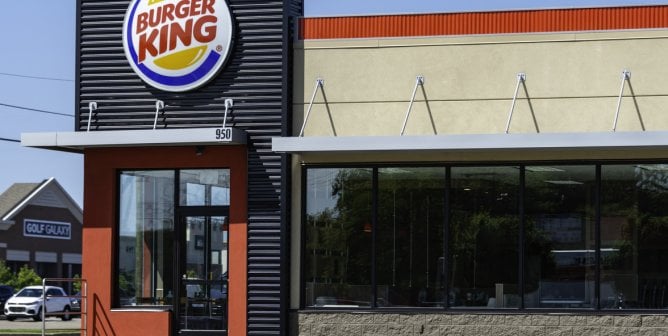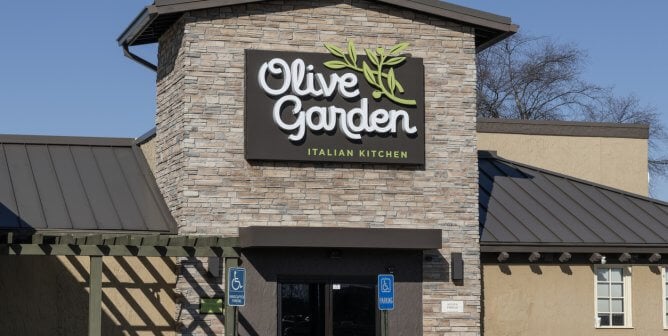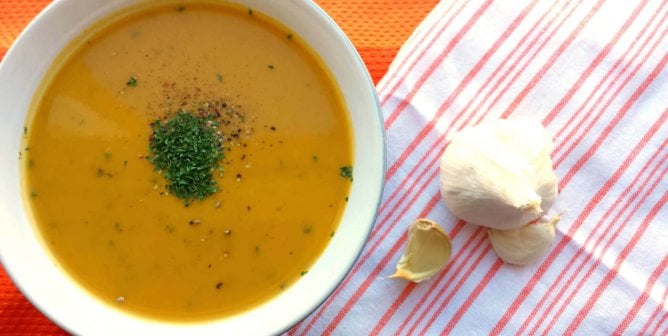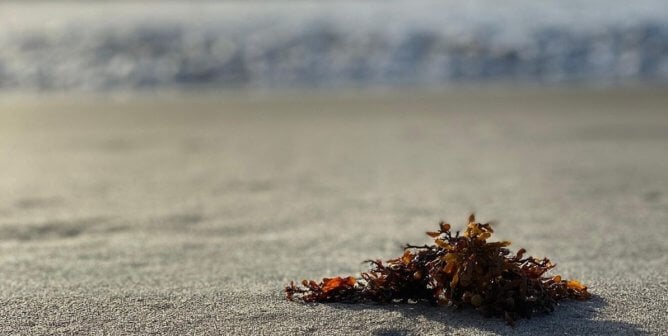Cottage cheese—it’s mushy, watery, and strangely chunky. What is it, and what makes it so revolting?
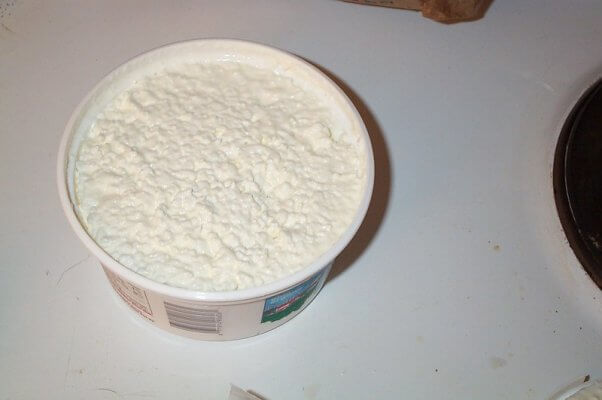
It’s essentially coagulated breast milk from imprisoned cows who are forcibly impregnated and whose babies are taken away from them. A mother cow would normally breastfeed her baby for about a year after birth, a time when strong mother-child bonds form. When cows are used for their milk, this process never occurs. Mother cows will never see their babies again after they’re taken from them.
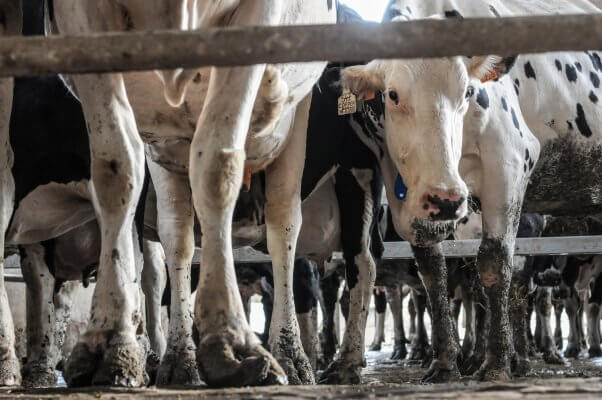
Rennet, an enzyme that comes from calves’ stomach lining, is sometimes used to make cow’s milk congeal into a lumpy, yellowy mixture of curds and whey. This often comes from male calves who are slaughtered for veal when they’re only 18 to 20 weeks old.
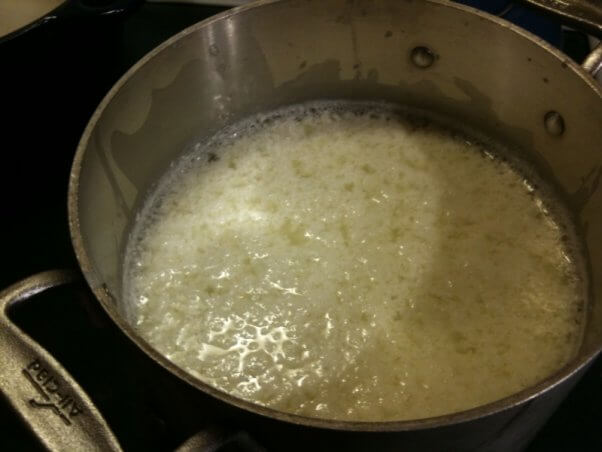
It isn’t just breast milk and stomach acid—cottage cheese also contains pus. That’s right—cow’s udders often develop painful bacterial infections because of the machines that the industry uses to milk them. The secretions from infected udders end up mixed in with the final product that’s sold in stores.
Yeah, it’s really that gross—and the same stuff that goes into cottage cheese also goes into the cheese, butter, yogurt, and ice cream made from cow’s milk. Just say no!
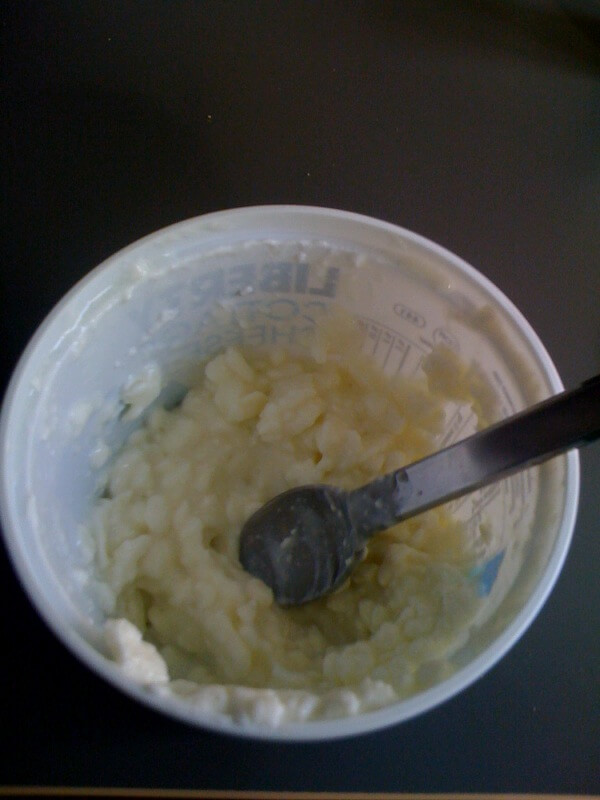
Are you thinking about going vegan? Order a free vegan starter kit!
Text VEG to 73822 to get the latest vegan lifestyle tips, recipes, and urgent action alerts texted right to your phone.
Terms for automated texts/calls from PETA: https://peta.vg/txt. Text STOP to end, HELP for more info. Msg/data rates may apply. U.S. only.



